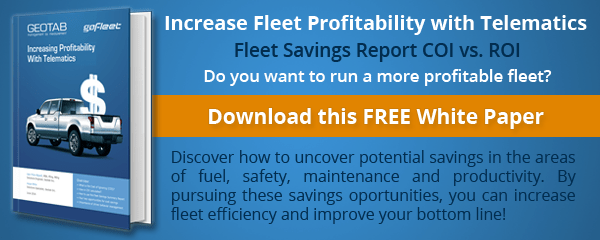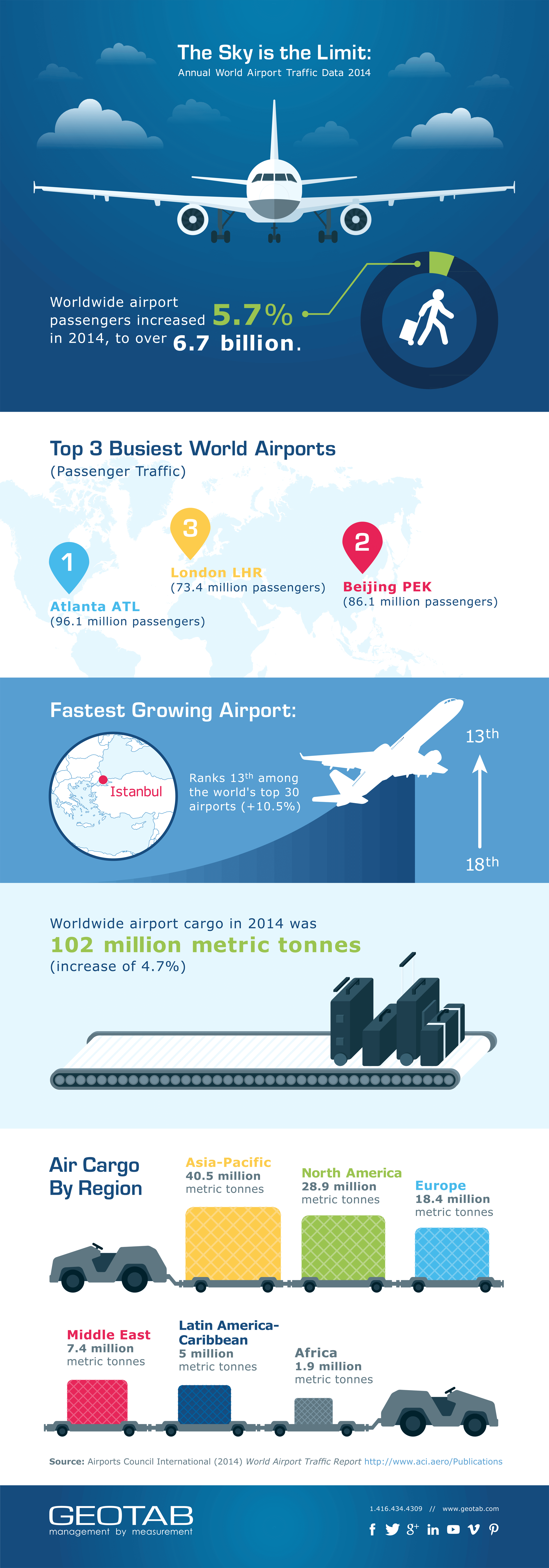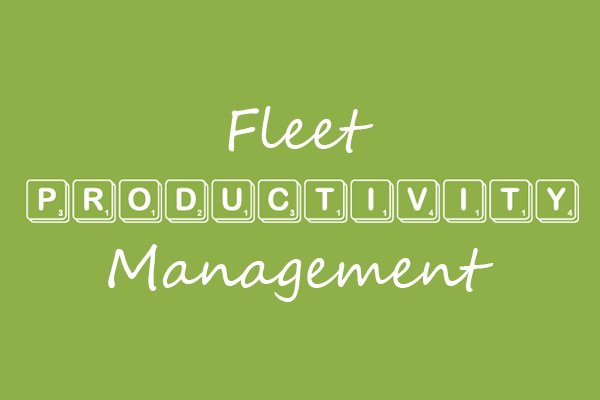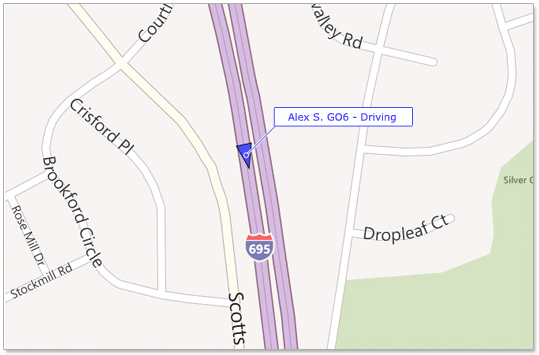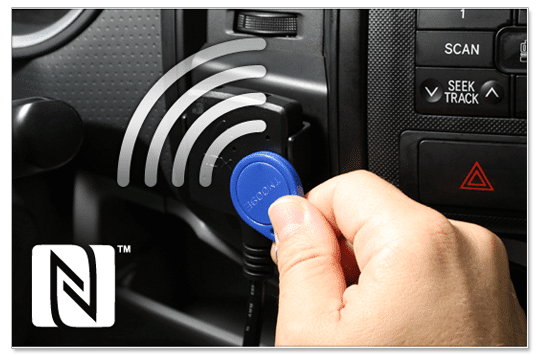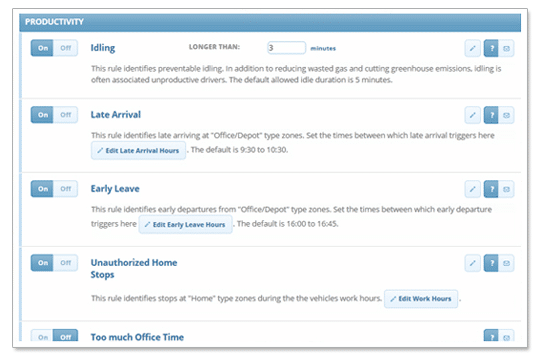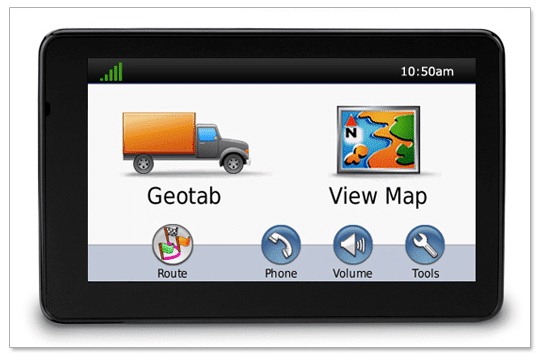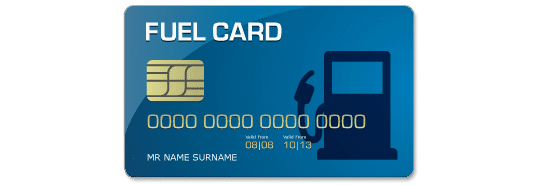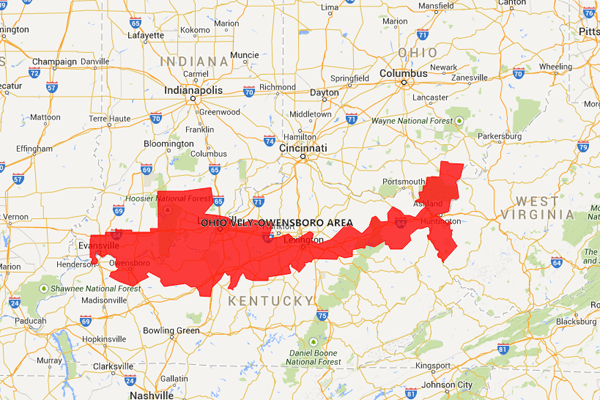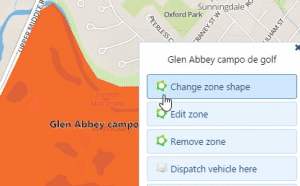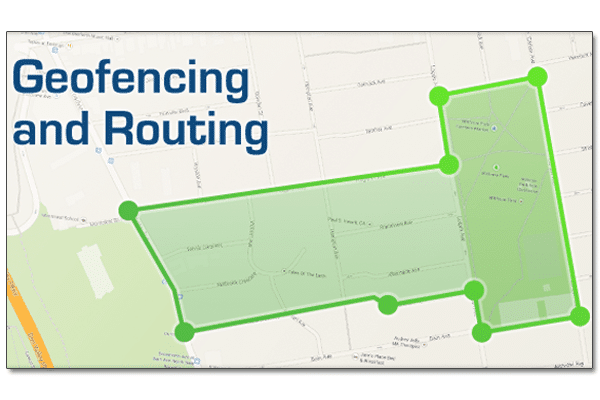Every fleet manager should remember the old saying, “if you are standing still you are falling behind.” That is the truth when it comes to making investments in Fleet Management Services. Fleet managers get hung up on “return on investment” and fail to consider the “cost of ignoring.” In other words, it is a mistake to worry so much about the cost of new technology if that makes you forget about the costs of failing to adopt new technology when the rest of your industry is moving forward without you.
Why Investing in a Reliable Fleet Management System is the Right Choice
Consider some of the money you could be losing by ignoring strong fleet management solutions. First, there are safety costs. Accidents themselves often cost tens of thousands of dollars in damage not covered by insurance along with lost productivity. Of course, failing to control for safety can drive up insurance costs as well. Second, without good telematics, fleet managers will fail to effectively control fuel costs. They will have no way to correct their employees that drive too aggressively or even catch those that may be stealing fuel. Third, fleet management services are vital for efficient maintenance of vehicles. In the old days, technicians had to run around the lot to check odometers to figure out when a vehicle would need to be serviced. Now, sophisticated sensors can keep fleet managers informed in real time on the upcoming maintenance needs for specific systems on specific vehicles. This allows fleet managers to better schedule maintenance to minimize downtime. Controlling driver behavior also helps improve the lifetime of vehicle parts. Finally, good fleet management solutions can drastically improve driver efficiency by maximizing their time spent on the road and saving money that would be lost paying drivers who have unused duty time or have to wait on their vehicles to be ready to go.
Implementing Fleet Management Solutions:
Case Studies
Between Geotab (our partner) and ourselves, we have a number of success stories that illustrate how fleet management services can root out “ignored” costs. For example, Red Hawk Fire & Security adopted telematics primarily to help reduce its accident rate. Red Hawk may not ever be fully able to understand the number of accidents that it prevented with the new system, so the return on investment may be hard to quantify. The company certainly seems to have understood, that ignoring the safety problem could cost the company dearly. This lead Red Hawk to invest in a telematics system to monitor its drivers and provide corrective feedback as needed. As it turned out, accidents dropped 80% and seatbelt use was dramatically improved as well. The company also found that with better oversight its employees became more efficient in the field, and because of that Red Hawk is now able to serve more customers per day. Without the telematics monitoring that is becoming more common in the industry, the company may never have realized that its technicians could be saving time every day.
Ideal Plumbing
The productivity lost without modern fleet management services is difficult to measure, Ideal Plumbing learned. The company lets its technicians control their vehicles at all times. That gave the company little control over what employees did with their trucks after hours, and when the company adopted telematics it suddenly realized the costs it had been suffering by ignoring after-hours activity. The fleet management services allowed Ideal Plumbing to keep its trucks focused on business travel and thereby reduce fuel use and wear and tear on its vehicles. Ideal Plumbing also implemented a discrete system of sharing performance metrics with its drivers so those drivers can see their performance and have opportunities to improve. Ideal Plumbing says it has seen a huge improvement just by telling drivers how they are doing and it is now seeking to improve further with a reward system.
Crown Uniform & Linen Service
Another great example is Crown Uniform & Linen Service, a company that realized it was losing a huge amount of money from idling trucks. Crown’s drivers make 30 to 40 stops per day, and the company has always tried to reduce the amount of time spent idling. Success was often hard to find, until Crown installed telematics in partnership with an environmental group called Sustainable America. Crown found that its drivers were idling for 70 minutes per day on average, and some were idling two to five hours per day. Managers were shocked, but the problem soon began to improve after managers began receiving Geotab data pointing out problem areas and allowing them to correct drivers that were failing to shut down their engines. Crown saw its average idling time drop to just seven minutes per day. That has delivered thousands in fuel savings that Crown would never have known about without installing Geotab-based fleet management services.
Getting the Most Out of Your Telematics Data?
The key to getting the most out your telematics system is a strong partnership with your vendor and industry leading hardware and software. We offer a comprehensive telematics system with Geotab’s GPS units at our core. We get the most out of the GPS data provided by Geotab with our comprehensive fleet management solutions. We pair Geotab units with engine sensors, fuel gauges, tire pressure gauges, cameras, refrigeration units sensors, and so much more. Data is collected from all these sensors and fed back to our central reporting system where fleet managers can monitor their entire fleet in real time. Fleet managers can also set automatic alerts so they can attend to other business until GoFleet alerts them to a problem. Our system can even be installed in a tamper-resistant manner if necessary. Most importantly, we work hand-in-hand with our customers to ensure they are getting the most return on investment possible with our system.
Check out this short video that explains how quickly you can get started. You can also read more about our services and we are happy to provide a free demonstration to any fleet manager looking to save money with modern fleet management solutions. Our experienced team will highlight your pain points and show you how to root out your unnecessary costs, “ignored” or otherwise.


